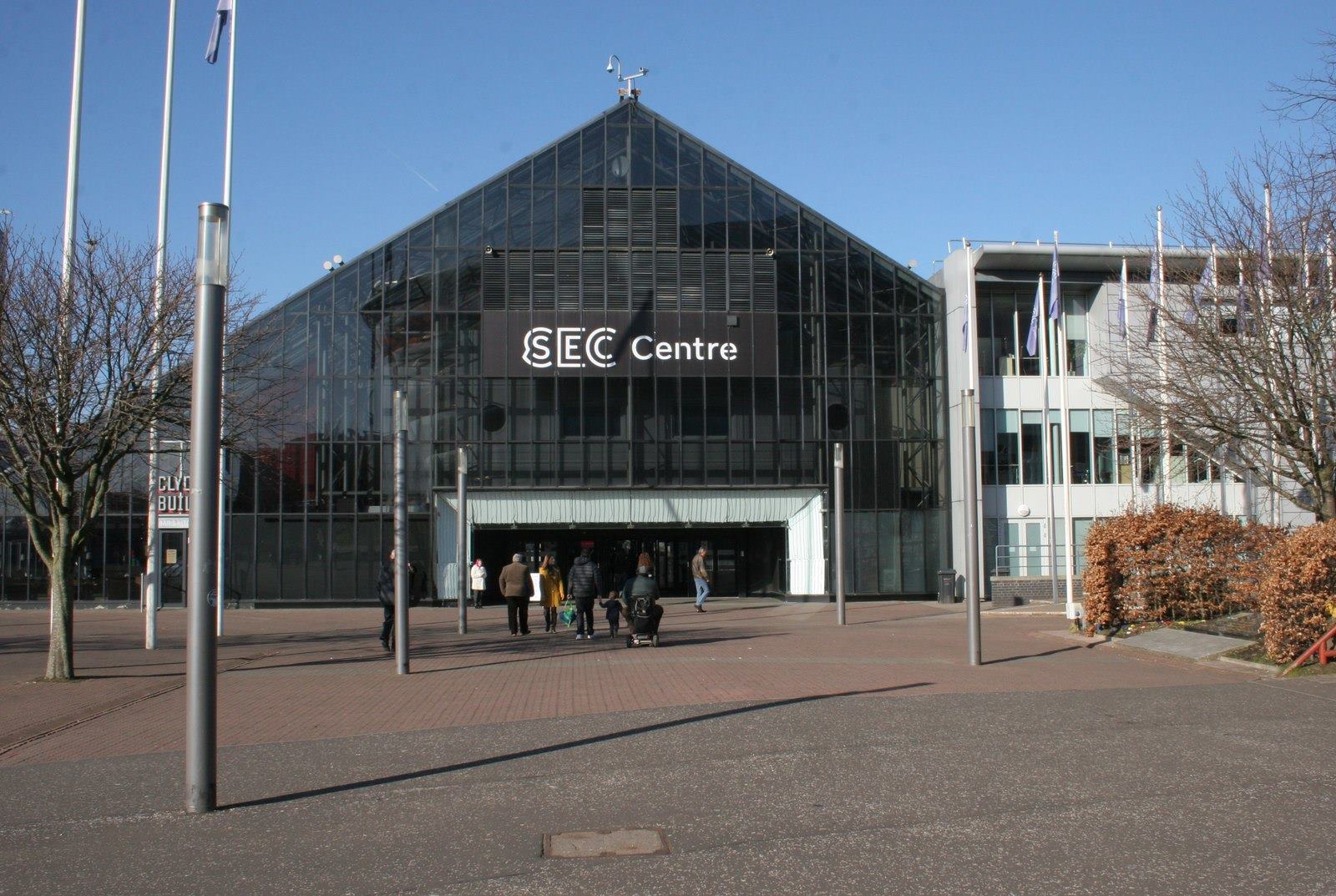
SECC, which stands for the Socio-Economic Caste Census, is a landmark initiative undertaken by the government of India to identify and categorize households based on their socio-economic status. This comprehensive survey has provided invaluable data about the population’s living conditions, income levels, and access to basic amenities. However, there are several astounding facts about SECC that many people are unaware of. In this article, we will delve into 12 eye-opening facts about SECC that highlight its significance and impact on policy-making, poverty alleviation, and resource allocation. From the massive scale of the survey to the surprising findings it revealed, these facts shed light on the critical role SECC plays in shaping India’s social welfare landscape. So, let’s explore these fascinating details about SECC and gain a deeper understanding of its importance.
Key Takeaways:
- SECC makes sending money in Europe easier and cheaper by standardizing payment processes, enhancing security, and promoting financial inclusion, benefiting businesses and individuals alike.
- With SECC, making cross-border payments within the Eurozone is as simple as domestic transactions, thanks to its widespread adoption, regulated framework, and support for economic integration.
SECC stands for the Single Euro Payments Area Credit Transfer
The Single Euro Payments Area Credit Transfer (SECC) is a standardized payment transfer framework that allows for efficient and secure electronic transactions across Europe. With SECC, individuals and businesses can make payments in euros seamlessly, regardless of geographical boundaries.
SECC ensures faster and more cost-effective transactions
One of the key benefits of SECC is its ability to facilitate faster and more cost-effective transactions. By harmonizing payment processes, SECC eliminates the need for multiple intermediaries, reducing transaction costs and increasing efficiency. This makes SECC particularly attractive for businesses conducting cross-border transactions within the Eurozone.
SECC promotes standardization and interoperability
SECC aims to promote standardization and interoperability across European payment systems, creating a single, integrated market for euro-denominated payments. This harmonization enables businesses and consumers to enjoy a consistent and seamless payment experience, regardless of which country they are in.
SECC offers enhanced security and fraud protection
With SECC, security and fraud protection are top priorities. The framework incorporates robust security measures and authentication protocols to safeguard against unauthorized access and transactional fraud. This provides peace of mind for both businesses and individuals using SECC for their payment needs.
SECC simplifies payment processes
SECC simplifies payment processes by offering a standardized format for credit transfers. Whether it’s processing payroll, paying suppliers, or sending money to family and friends, SECC streamlines the payment journey, reducing complexity and enhancing overall efficiency.
SECC enables cross-border payments within the Eurozone
SECC has greatly facilitated cross-border payments within the Eurozone. Previously, making international payments could be time-consuming and costly due to varying payment systems and intermediaries. SECC eliminates these barriers, making cross-border transactions as seamless as domestic ones.
SECC promotes financial inclusion
SECC plays a crucial role in promoting financial inclusion by enhancing access to electronic payment services. With SECC, individuals who were previously excluded from traditional banking systems can now easily participate in the digital economy, fostering economic growth and empowerment.
SECC supports economic integration
SECC is a driving force behind economic integration within the Eurozone. By harmonizing payment processes and reducing cross-border transaction costs, it promotes a unified market and strengthens economic ties between member countries, boosting trade and investment.
SECC has widespread adoption across Europe
SECC has gained widespread adoption across Europe, with over 36 countries implementing the payment framework. This extensive reach ensures that SECC can be used for payment transfers to and from multiple countries, making it a truly pan-European payment solution.
SECC is regulated by the European Payments Council
SECC is regulated by the European Payments Council (EPC), the decision-making and coordination body of the European banking industry in relation to payments. The EPC ensures that SECC adheres to the highest standards of security, efficiency, and integrity.
SECC is part of the broader Single Euro Payments Area initiative
SECC is an integral part of the wider Single Euro Payments Area initiative, which aims to create a harmonized and efficient payments landscape within the Eurozone. Together with other SEPA frameworks, SECC contributes to the vision of a unified European payments market.
SECC is revolutionizing the way we make payments in Europe
SECC is revolutionizing the way we make payments within the Eurozone. With its standardized framework, seamless cross-border transactions, enhanced security, and cost-efficient processes, SECC is paving the way for a more integrated and accessible digital payments landscape in Europe.
Conclusion
In conclusion, SECC (Single European Clearing Center) is an incredible technological advancement in the field of finance and payments. It has revolutionized the way transactions are processed, ensuring efficiency, security, and transparency. SECC enables fast and seamless cross-border transactions, benefiting businesses and individuals alike.With its cutting-edge technology and robust infrastructure, SECC has become a game-changer in the financial industry. It has simplified the payment process, reducing the reliance on traditional banking systems and opening up new opportunities for global commerce.As SECC continues to evolve and expand, we can expect even greater advancements in finance and banking. Its potential to streamline transactions and foster global economic growth is truly remarkable. With SECC in place, the future of cross-border payments looks bright, promising increased speed, security, and accessibility for businesses and consumers worldwide. Embrace the revolution and join the SECC movement today!
FAQs
1. What is SECC?
SECC stands for Single European Clearing Center, which is a technologically advanced platform designed for processing cross-border transactions.
2. How does SECC ensure security?
SECC utilizes state-of-the-art encryption and security protocols to protect user data and ensure the safe transmission of financial information.
3. Can individuals use SECC for personal transactions?
Yes, SECC is accessible to both businesses and individuals. It offers a seamless and efficient way to conduct cross-border payments.
4. Is SECC available worldwide?
Currently, SECC is primarily focused on facilitating cross-border payments within the European region, but there are plans to expand its reach globally in the future.
5. How does SECC impact businesses?
SECC streamlines the payment process for businesses, enabling faster and more secure cross-border transactions, which ultimately leads to increased efficiency and growth opportunities.
6. Are there any transaction limits with SECC?
The transaction limits may vary depending on the user’s account and transaction history. However, SECC is designed to handle both small and large-scale transactions effectively.
7. How long does it take for a transaction to be processed through SECC?
SECC processes transactions in real-time, ensuring instant transfer of funds across borders, significantly reducing the time traditionally associated with international transactions.
8. Can SECC be integrated into existing banking systems?
Yes, SECC can be integrated into existing banking systems, providing banks and financial institutions with access to its advanced technology and infrastructure.
9. What are the advantages of using SECC over traditional banking systems?
SECC offers numerous advantages, including faster transaction processing, lower costs, enhanced security, and increased transparency compared to traditional banking systems.
10. Is SECC regulated by any governing bodies?
Yes, SECC operates under strict regulatory guidelines and is overseen by relevant governing bodies to ensure compliance and the protection of user interests.
SECC's impact on Europe's financial landscape is undeniable, but there's so much more to explore! Dive into the world of construction, where fascinating facts await. Rev up your engines and discover the captivating history of Chrysler in the automotive industry. Finally, forge ahead and uncover the extraordinary world of metal fabrication through the lens of metallurgy.
Was this page helpful?
Our commitment to delivering trustworthy and engaging content is at the heart of what we do. Each fact on our site is contributed by real users like you, bringing a wealth of diverse insights and information. To ensure the highest standards of accuracy and reliability, our dedicated editors meticulously review each submission. This process guarantees that the facts we share are not only fascinating but also credible. Trust in our commitment to quality and authenticity as you explore and learn with us.


